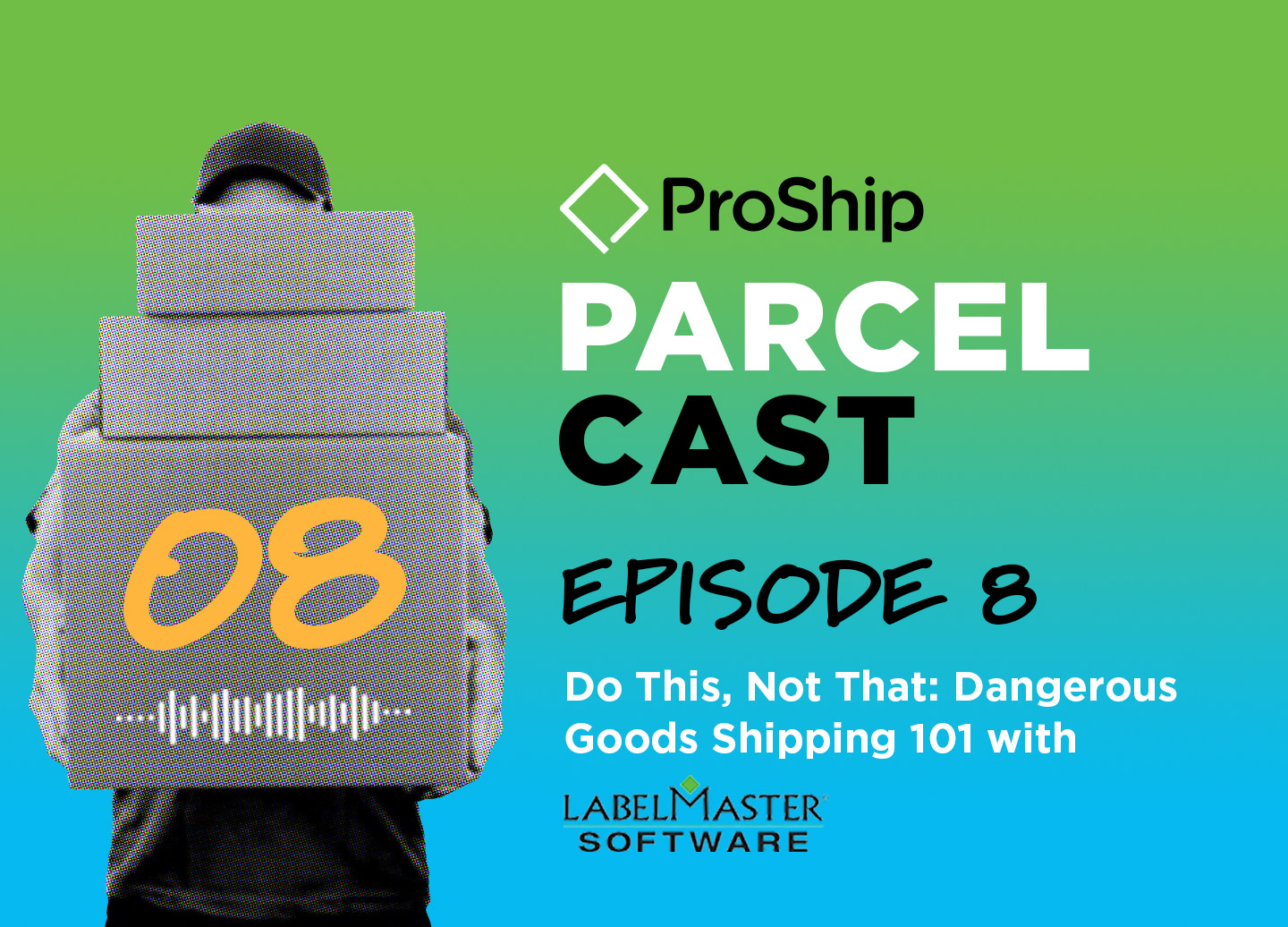ProShip shipping experts share the requirements that set the standards for carrier compliance across both development and support.
“Exponential growth”– buzzwords from the last year that can accurately describe the rapid changes never seen in shipping history. With more products being shipped on an annual basis, e-commerce is booming, but the supply chain is straining.
Many shippers have found that a single carrier strategy is simply not robust enough to match current customer expectations. These expectations could include requests for same-day or next-day shipping – nearly impossible with a single-carrier contract, not to mention costly. On top of that, most are still dealing with capacity constraints or breaches which could cause contract terminations. To implement a proper omnichannel fulfillment strategy, shippers have found it necessary to diversify their carrier mix with carrier additions, such as regional carriers, easing capacity restraints and increasing shipping options. We’ve said it once and we will say it again for those in the back – a multi-carrier shipping software is the best way to diversify your carrier mix. Without the right shipping software, onboarding new carriers can be inefficient, problematic and hard to maintain.
2 Things to Consider When Thinking About Carrier Compliance
When choosing a multi-carrier shipping software, it is crucial to do thorough research on the available options. One major component of that research should be a fully compliant and compatible solution, no matter what you ship. ProShip shipping experts have shared that compliance should be two-fold and managed by an adept team in two separate parts of the software solution.
Carrier Compliance Consideration #1: Development
Compliance is essential in the development stage to establish a solid foundation for continued compliance into the future for each client. At ProShip, complete carrier compliance means that the services and features that ProShip supports in any given component are in accordance with the rules of each carrier. While each carrier is unique when it comes to compliance, they can generally be broken down into 2 categories – those that require formal certification, and those that don’t.
Carriers that require formal certification typically do so on an annual basis. Formal certification often requires the development team to run hundreds of test cases so that they can validate that the software components adhere to the latest carrier specification. On occasion, a carrier will do a mid-year certification, which is usually a smaller effort than the yearly certification. Top-notch solutions are committed to taking it one step further (even if a carrier does not do a formal certification), and they will get approval from the carriers that the shipping labels or documents and end-of-day manifests that are produced are acceptable.
Although certification is a big part of compliance, it’s not the only thing. Carriers often request small changes throughout the year in order to stay in line with their latest capabilities, e.g. a new service, additional destination countries, etc. Additionally, several carriers update rates, zones, and/or fees once or more per year, and the development team must ensure that the components remain up to date and accurate.
Carrier Compliance Consideration #2: Support
From a support perspective, your shipping solution team should check to ensure that proper integration is in place and that the server used meets minimum server specifications. They will ensure that you stay current with any updates within your solution as well as assist in conversations with your carrier representative for acquisition of contract files including rates, TNT and Routing files. [ProShip takes a proactive approach in keeping the lines of communication open with your carrier contacts so you know in advance of any carrier changes that are coming.]
The team will make certain that your carrier accounts are configured properly for successful usage and transmission of transactional information. The ongoing support of your software solution should include checks with your system to ensure that it is configured for tracking number warnings when carrier tracking numbers are low (where available). Finally, the team should confirm that firewall exceptions are in place for successful communications – whether transmissions or downloads. [Read Compliance: The Carriers Rulebook]
Next Steps in Achieving Carrier Compliance
All these compliancy checks apply to your server, application, and carrier initiatives. While we have touched on many of the ways in which compliancy can affect your business, it should be noted that these are the gold standard for a multi-carrier shipping software. Not every solution out there will offer this kind of high-end product, services so comprehensive, and careful research into the available options should be the first step for anyone looking to make a change to their tech stack.
With ecommerce exponential growth in mind, shippers need to have an efficient and complaint supply chain to get their products shipped. A supply chain can only function at the highest level with the right tools to provide flexibility and control over carrier compliance. The right multi-carrier shipping software does both, while enabling companies to leverage multiple carriers and services with an automated solution.

 Back to Blog
Back to Blog





